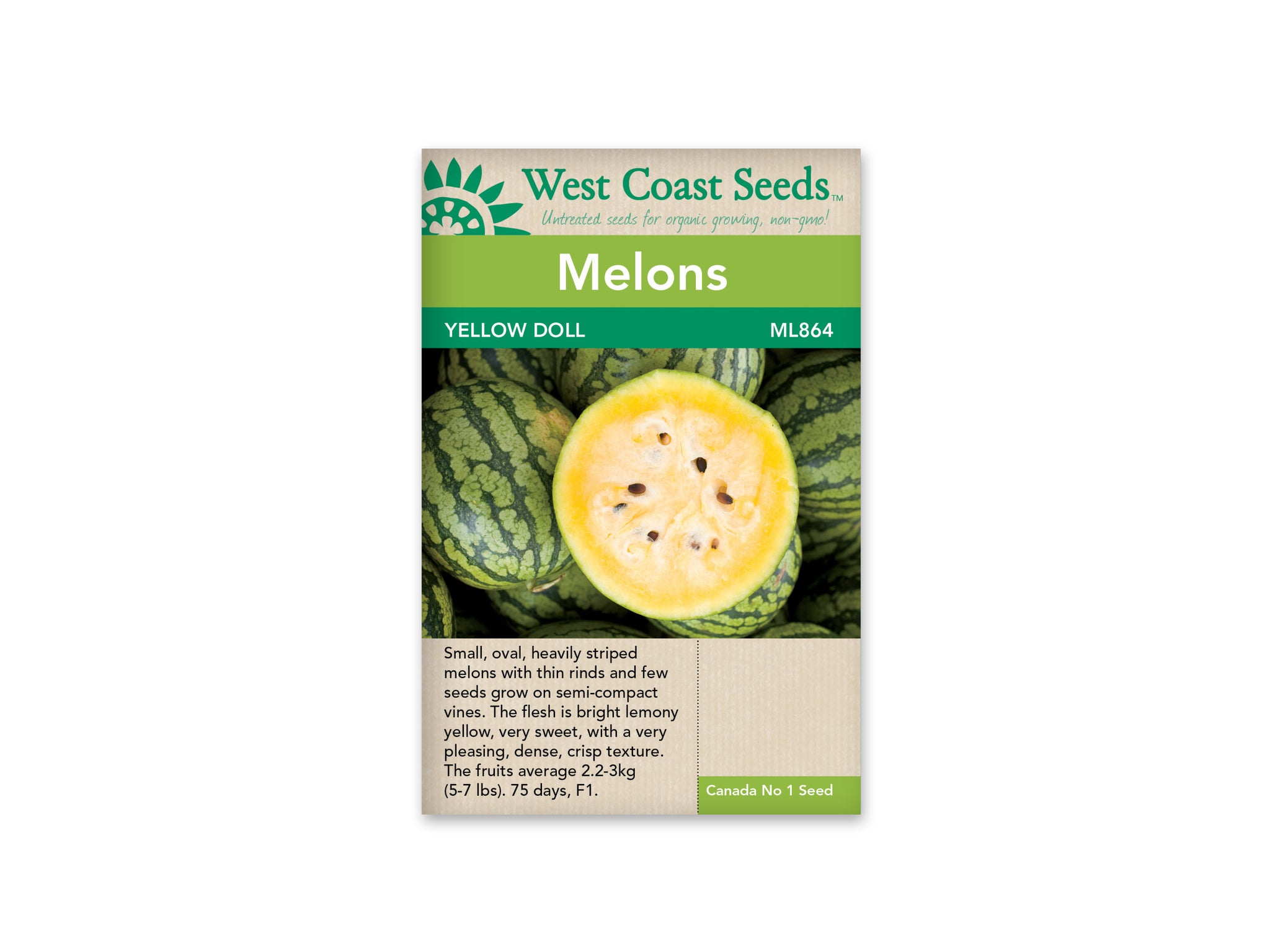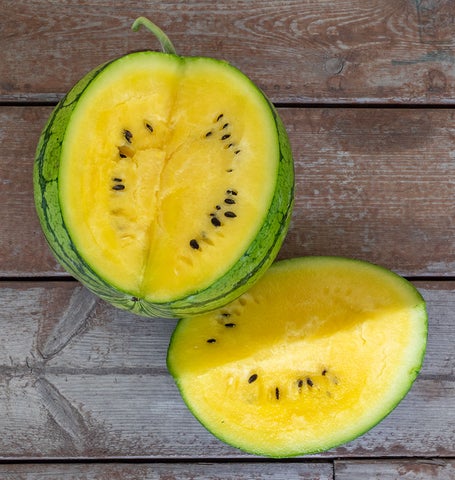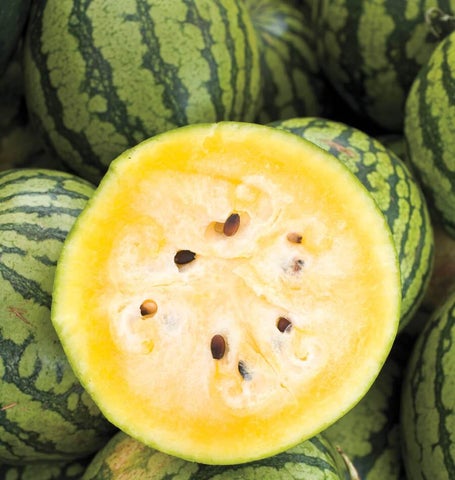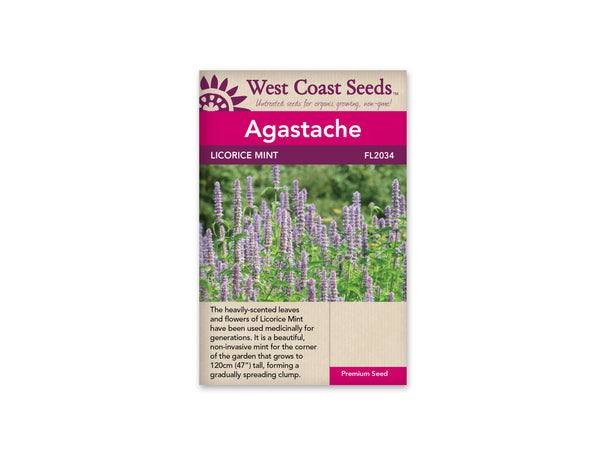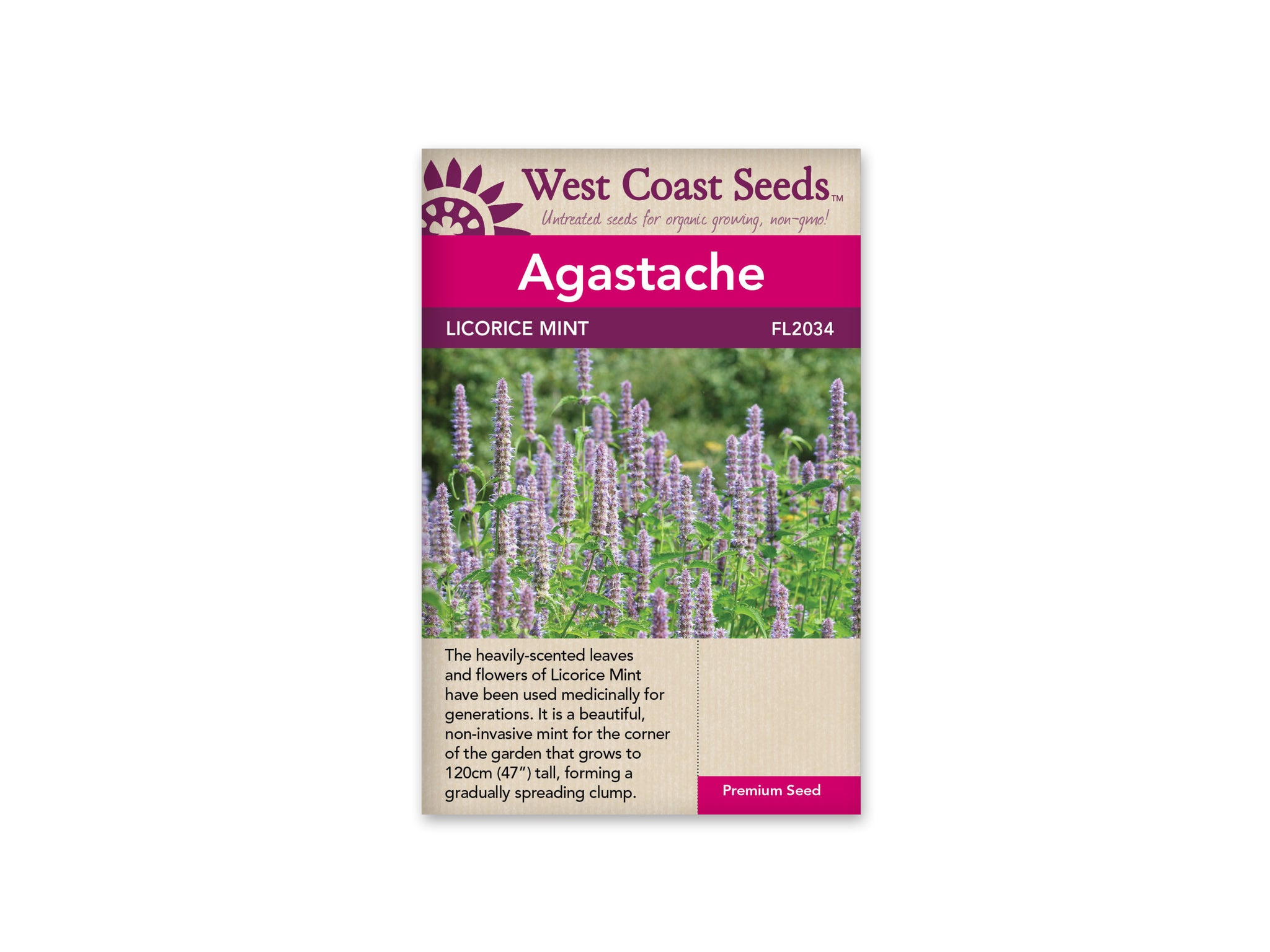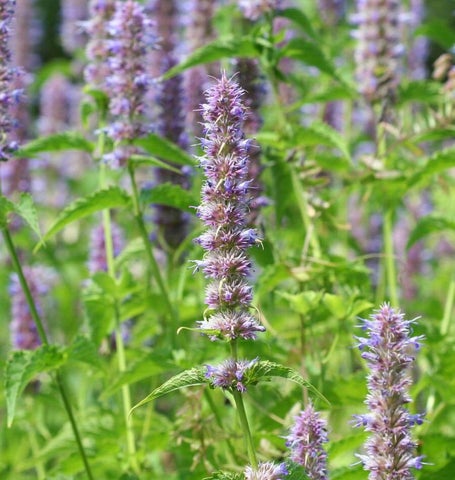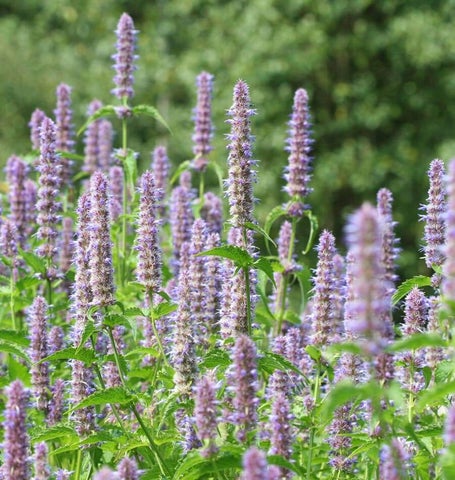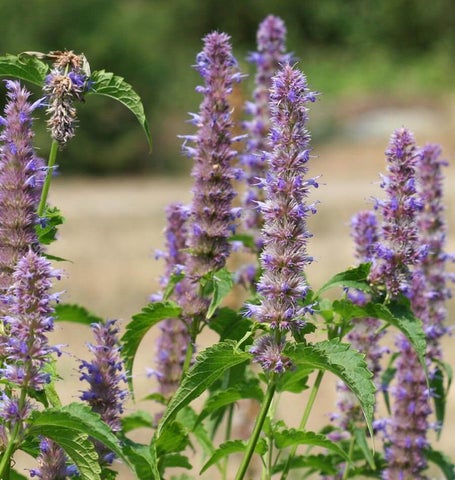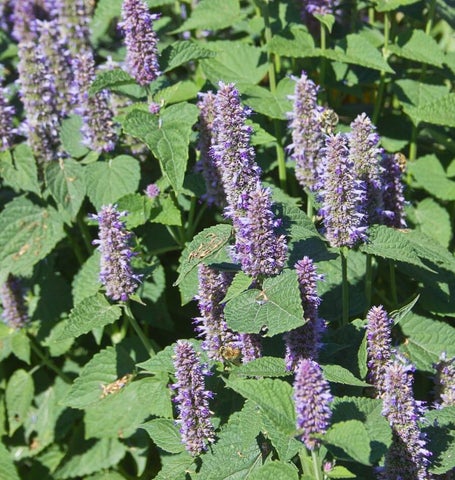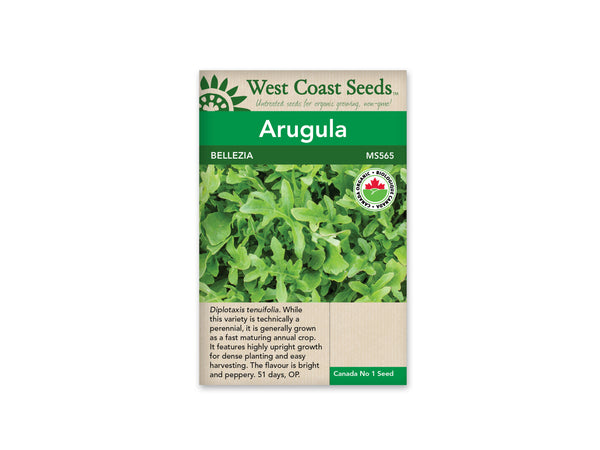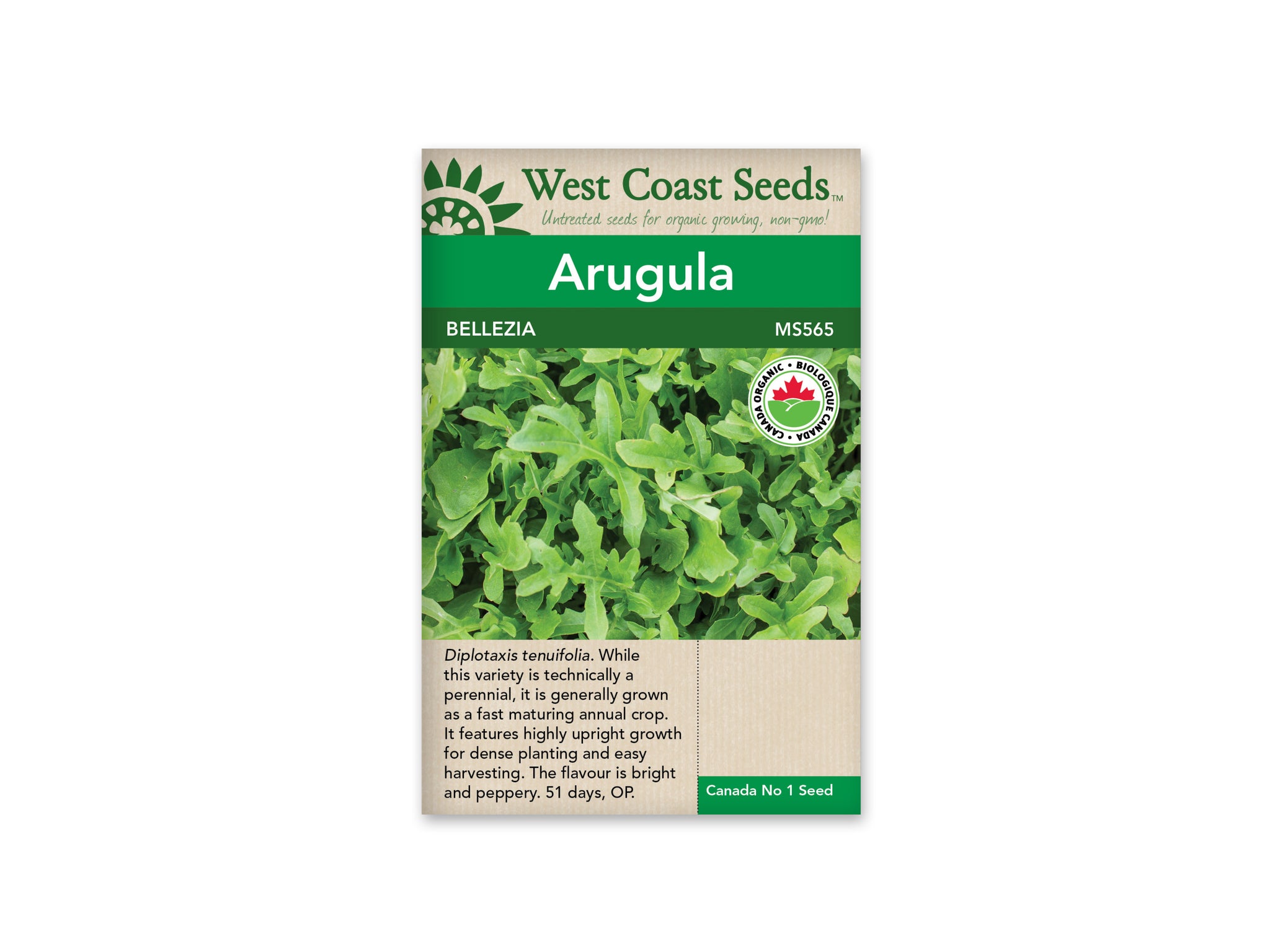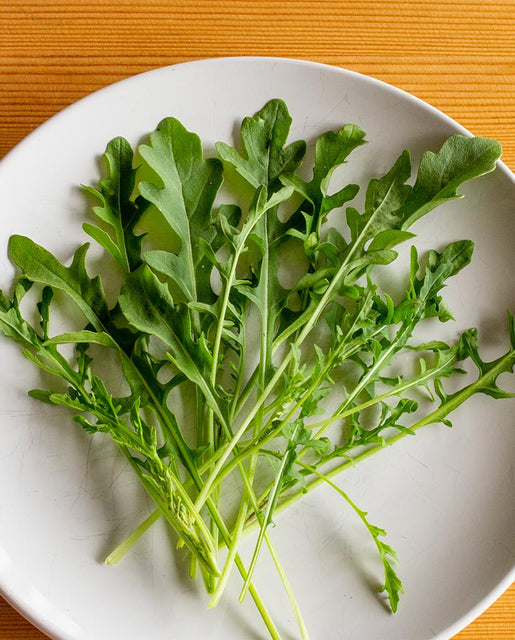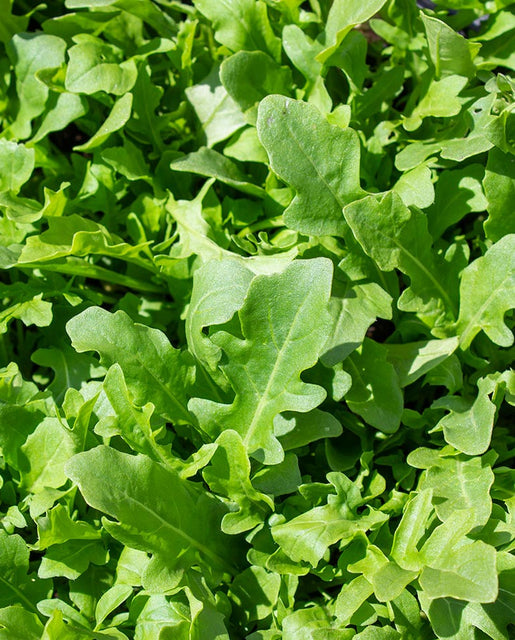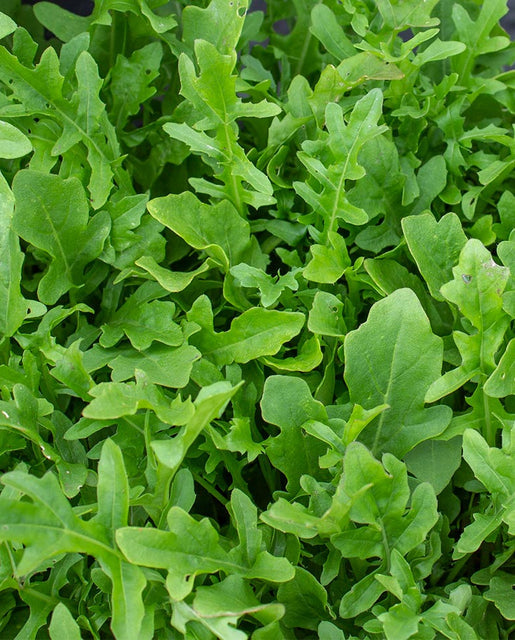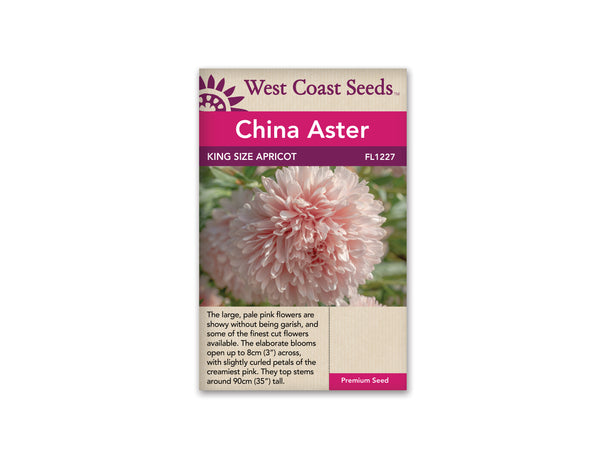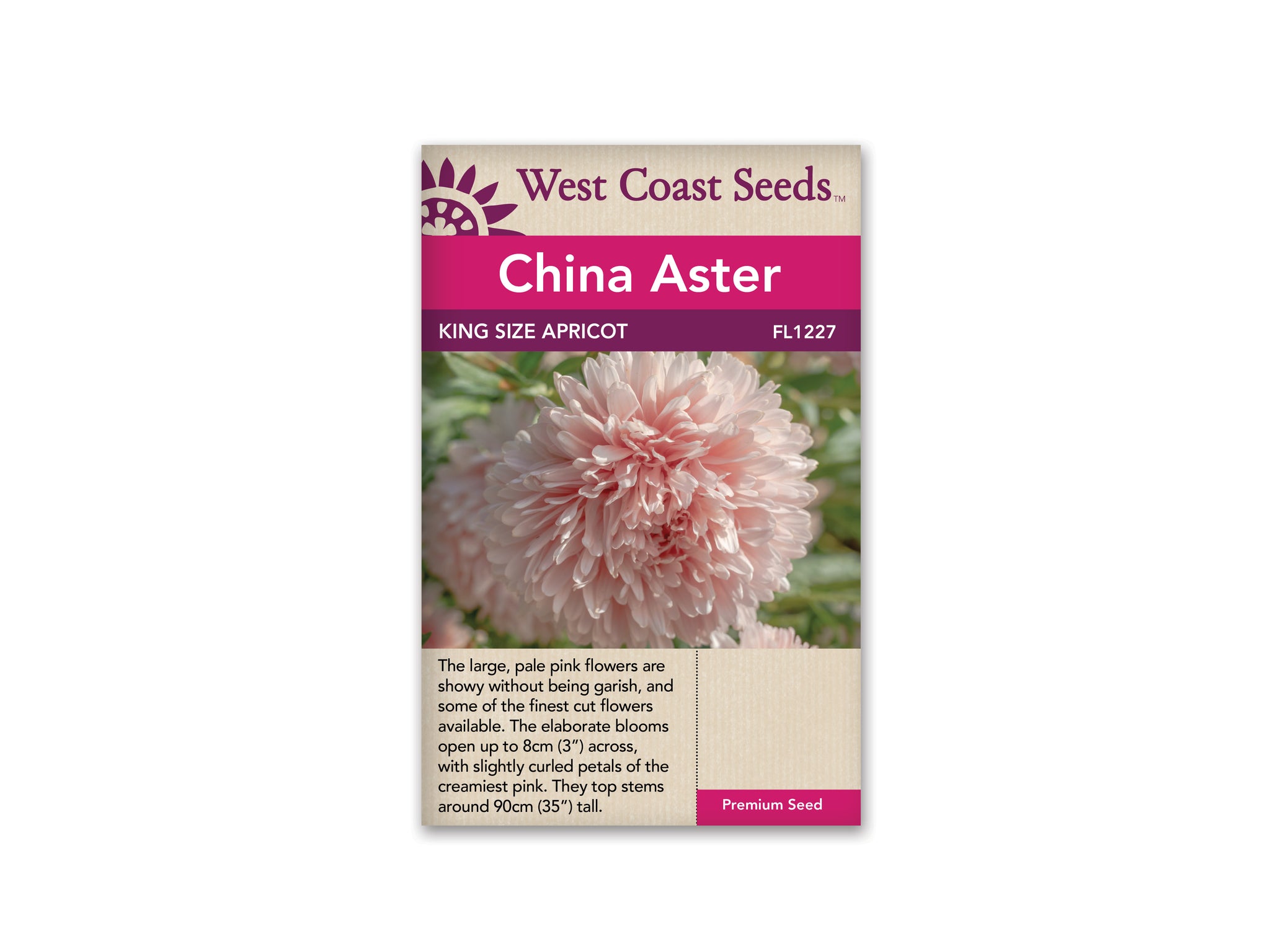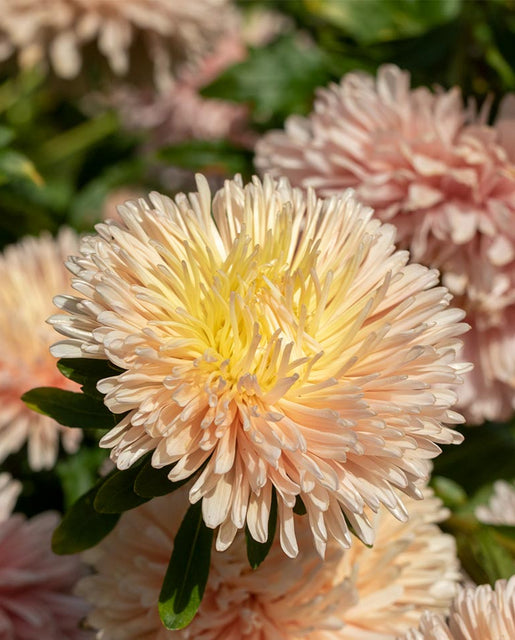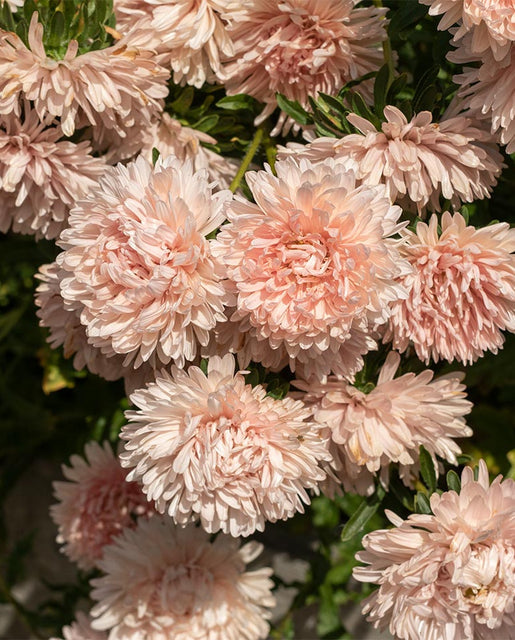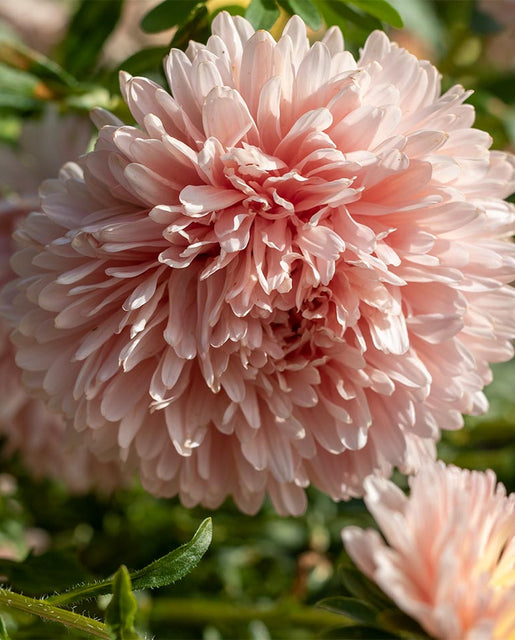Canadian Orders: Flat-Rate Shipping on Orders over $75 | Orders Over $150 Ship Free!
-
Shop
- New Arrivals
- Gardening
- Seeds
- Children + Baby
- Bath + Skin Care
- Baby Toys
- Books
- Puzzles + Games
- Loose Parts + Creative Play
- The Little Naturalist
- Play Chef
- Slings
- Apothecary
- Kids Lunches
- Accessories
- Sustainable Living
- Brushes / Brooms
- Food Storage
- Outdoors
- Coffee, Tea, Chocolate + Honey
- Coffee + Tea Accessories
- Water bottles + Travel Mugs
- Cookbooks
- Dishwashing
- Laundry
- Cleaners
- Accessories
- On The Go Essentials
- Self Care
- Face Care
- Body Care
- Hair Care
- Cosmetics
- Deodorant
- Toothpaste + Oral Care
- Sun Care
- Accessories
- Zero Waste Bathroom
- Soap
- Essential Oils
- For Men
- Books
- Apothecary + Natural Supplements
- Pet Care
- Shop Local
- Bulk
- In Store Pick Up
- Home Improvement
- Paint & Stain
- Discover
- Bulk Bar
Watermelon — Yellow Doll
$3.69
Yellow Doll watermelon seeds produce small, oval, striped melons with thin rinds and few seeds borne on semi-compact vines. The flesh from Yellow Doll watermelon seeds is bright lemon-yellow, very sweet, with a pleasing, dense, crisp texture. Fruits average 2.2-3kg (5-7 lbs). Sold by seed count. Definitely take the time to start watermelon seeds indoors in late April here on the coast, or 3 weeks after the last frost in your area. Wait until the weather has really warmed up before transplanting melon seedlings outside. Then give them lots of water and regular feedings with organic fertilizer.
Matures in 70 days. (Hybrid seeds)
Quick Facts:
- Very sweet, dense, crips texture
- Small, oval, bright lemon-yellow flesh
- Fruits average 2.2-3kg (5-7 lbs)
- Hybrid seeds
- Matures in 70 days
Size: 10 seeds
How To Grow: In the home garden, melons can be picked at full maturity, when they have the highest sugar content and best flavour. Their roots are delicate and require high nutrition and lots of water. For all that effort, you’ll be rewarded by the ripest, sweetest melons you’ve ever tasted. Continue reading below to learn how to grow melons from seed.
Difficulty
Easy in a greenhouse or cloche, or outdoors in long, warm summers. Somewhat challenging without these conditions.
Season & Zone
Season: Warm season
Exposure: Full-sun
Timing
It is essential to start seeds indoors or in a greenhouse 4-6 weeks after the last frost date. Transplant when the plants are 5 weeks old. Optimal soil temperature for germination: 20-25°C (68-77°F). Seeds should sprout in 5-10 days.
Starting
Sow seeds 1cm (½”) deep. Set transplants 60-90cm (24-36″) apart in rows 1.5-2m (5-6′) apart.
Days to Maturity: From transplant date.
Growing
Ideal pH: 6.0-6.8. Choose a warm, well-drained soil. Add dolomite lime and compost or well-rotted manure to the bed and ½-1 cup of balanced organic fertilizer beneath each transplant. Melons need warm growing conditions. Use black plastic mulch, cloches, or floating row covers. Success may improve in raised beds. Melons plants require 8-10 weeks of good, hot growing weather from the middle of June to the end of August. During that time, a melon vine must grow 5-9 leaves before starting to flower, then set 4 or more male flowers before making its first female flower, and then ripen its fruit before cool, damp weather sets in. Melons do not ripen off the vine. During the entire growing season, make sure to provide ample water.
Harvest
Fruit will ripen in late August to early September. Ripe cantaloupe will easily detach from the vine when light finger pressure is applied to the stem. Watermelon is ripe when the tendril nearest to the fruit withers and dries up.
Seed Info
In ideal conditions at least 60% of seeds will germinate. Usual seed life: 3 years. Per 100′ row: 60 seeds, per acre: 5.2M seeds.
Diseases & Pests
Botrytis blast and downy mildew are common leaf diseases. One starts with white spots and streaks, the other with purple-grey areas on leaves. Leaves wither from the top down and plants die prematurely. Separate the overwintered and spring crops because disease starts in older plants and moves to younger. Avoid overhead watering and plant in open sunny locations. Use lots of compost and practice strict sanitation and crop rotation.
Companion Planting
Melons are great companions for corn, marigolds, nasturtiums, pumpkin, radish, squash, and sunflowers. Avoid planting near potatoes. Melon leaves are full of calcium, so they’re good for the compost heap.
Related Items
Agastache — Licorice Mint
Sold Out $3.49
Agastache foeniculum. With heavily licorice-scented leaves and tall spikes of edible lavender flowers, Licorice Mint has been used medicinally for generations. It also happens to...
View full product detailsArugula, Wild — Selvatica Heirloom Organic
Sold Out $3.69
CERTIFIED ORGANIC! Diplotaxis tenuifolia. While technically this variety is a perennial, growers and home gardeners will probably prefer growing it as a fast maturing annual crop. Bellezia...
View full product detailsAster — King Size Apricot
Sold Out $4.19
Callistephus chinensis. King Size Apricot China Asters are some of the most sensational cut flowers we know of. The large, pale pink flowers are showy without...
View full product detailsSign up to get the latest on sales, new releases and more…
© 2025 Sustain.
Ecommerce Software by Shopify

